Family history resources
Are you a family history researcher seeking to fill in your family tree? Perhaps you need some guidance to locate the connections between an individual and a family, or maybe you just want to know how to discover some unknown facts about your relatives: where did they live, what did they do, and who do they connect to?
August is Family History month. To celebrate, we've created this blog post to help aspiring genealogists to better understand some of the family resources we hold.
Family history research often begins with a little reflection - did the person you're researching:
Die in New Zealand?
If your relative died in New Zealand, there is a chance that a court probate was created to process their estate at death. These types of records often contain a copy of the deceased's will.
In situations where the cause of death was not immediately clear, or there was suspicion of foul play, the Coroner would carry out an inquiry. Coroner's inquest records can contain a large amount of information including statements from witnesses, legal and official documents and the Coroner's verdict on the cause of death.
Check out our Life Events research guide for more information about probates and inquests.
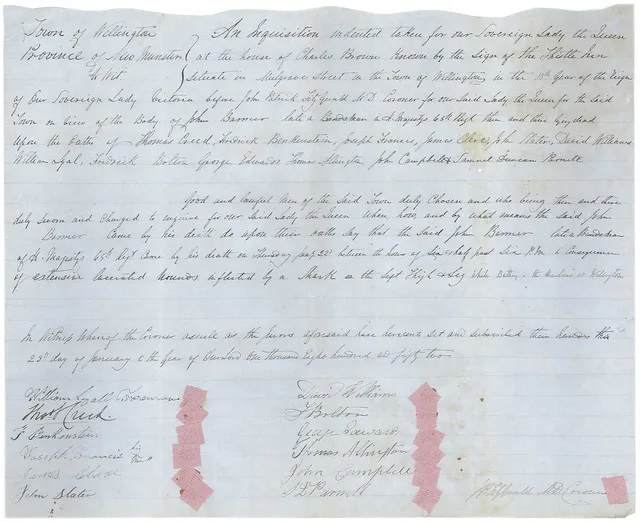
Page from the coroner’s inquest file regarding the death of John Balmer, 1852.
Grow up in New Zealand?
While there is no one complete source on individual childhoods, we do hold primary school class schedules, or classification lists. Although these do not contain a great deal of biographical information, it is often possible to locate an individual or family group of children in the same school at the same time.
More information about class schedules can be found in our Education research guide.
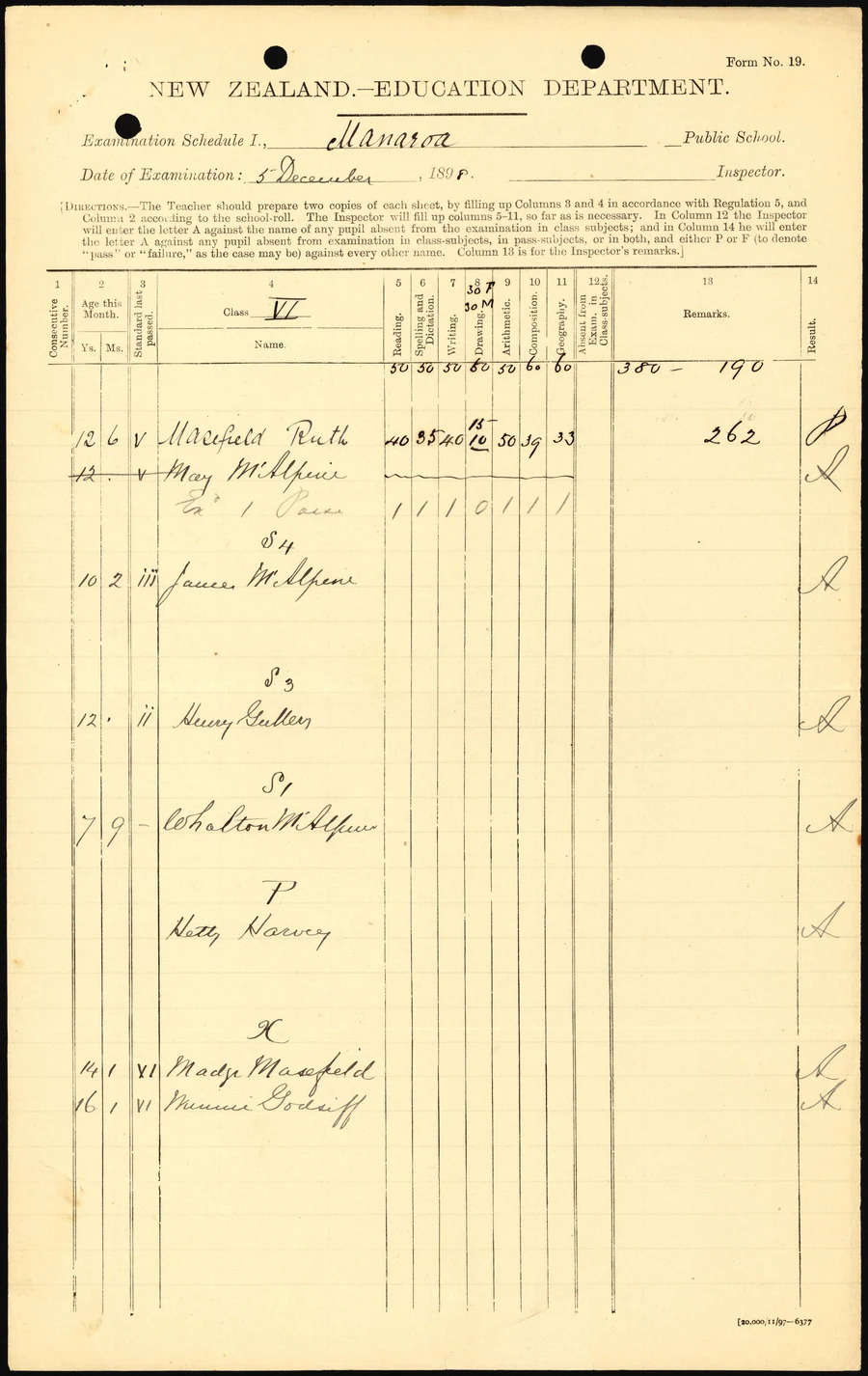
An example of a classification list, 1898
Have Māori Whakapapa?
The records we hold that relate to Māori mostly begin in the 20th century. Before then, the records that do exist are sporadic and usually only name rangatira and hapū, and do not specifically discuss whakapapa.
An exception to this rule is the Māori Land Court Minute Books. These records detail the minutes of the Māori Land Court’s proceedings. Along with information on land, adoptions and probates, the minute books also include whakapapa given by witnesses and successors in order to prove their entitlement to land.
Take a look at our te ao Māori research guides for has further information.
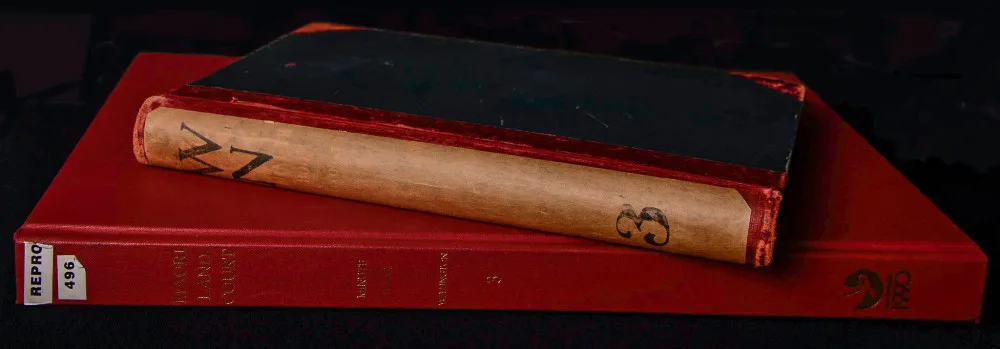
Māori Land Court Minute Books - Wellington Minute Book No. 3 original and reproduction copy used for access
Migrate to New Zealand?
While Māori origins can be traced through whakapapa, formal Pākehā migration recordkeeping began with the New Zealand Company, settlement from 1840, and with the formation of British government after the Treaty of Waitangi in the same year.
For many immigrants, particularly those who travelled directly to New Zealand from the United Kingdom, passenger lists offer a fair chance of finding a record of a person’s journey. We hold a variety of shipping lists. All of our Wellington held shipping lists have been digitised and are available free-of-charge through FamilySearch.
Click through for more information on searching passenger lists.
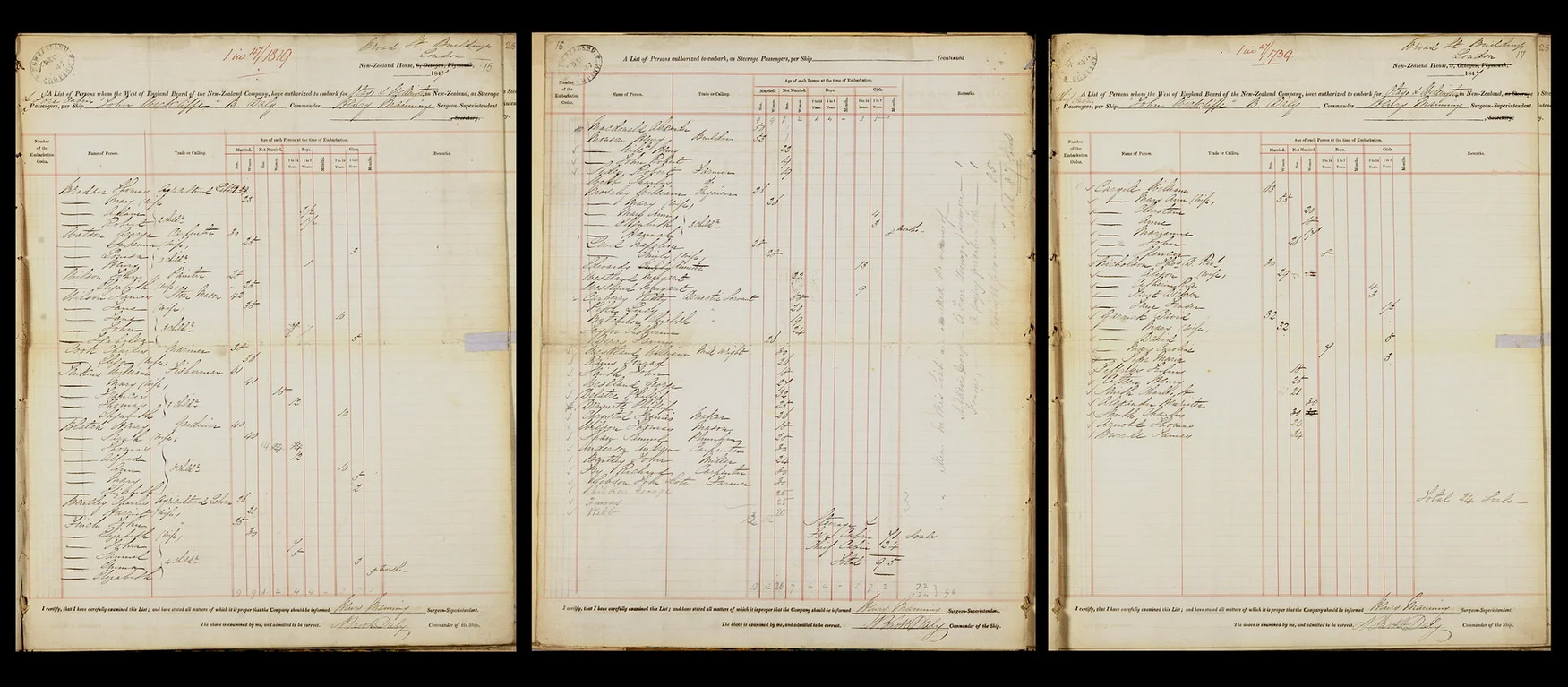
Passenger list for the 1847-1848 voyage of the ‘John Wickcliffe’ to Port Chalmers
If your relative's immigration was connected to an organised immigration scheme or a later identifiable immigration draft there may well be further paperwork about individual immigrants. Post-World War Two, New Zealand welcomed migrants and refugees from war-torn Europe - almost 300 Yugoslavs; about 1,000 Greeks mostly displaced from Romania, Bulgaria or Turkey; and another 700 Poles arrived in New Zealand.
For more information on 20th century immigration, see our Migration research guide.
Come from outside the British Empire?
From 1840 until 1 January 1949, most people in New Zealand, including Māori, were British subjects or citizens. Those from outside the British empire were known as 'aliens' and alien registration files were created to track non-British subjects in New Zealand. If the person chose to become a British subject, the process of naturalisation was undertaken and records created.
Our Citizenship research guide has more information about naturalisation records.
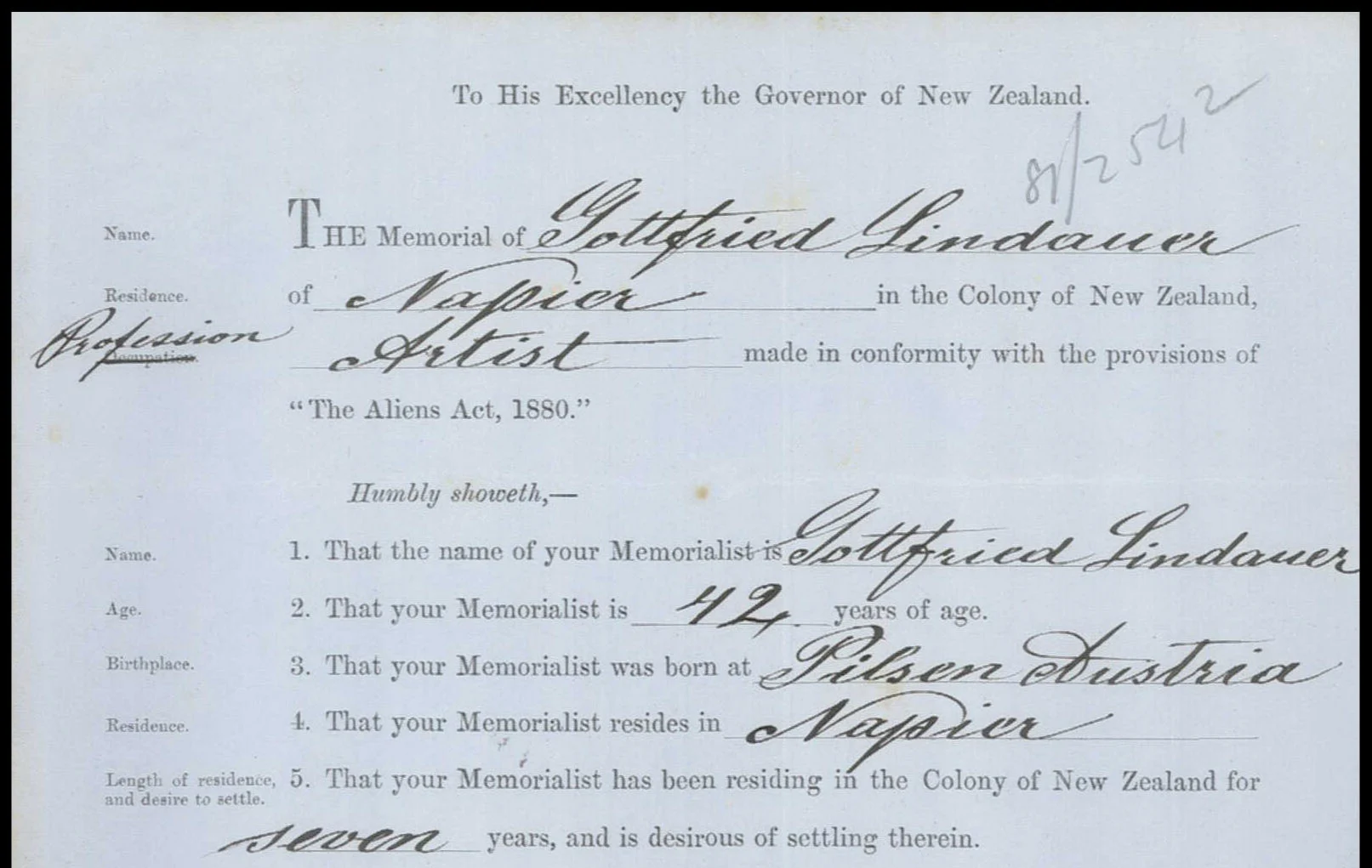
Page from the naturalisation file for Gottfried Lindauer, 1881
What we've detailed above are all great places to start when researching your family, but there are many other records to consider. Visit our Search the Archive page for further research guidance, or feel free to contact us for help.